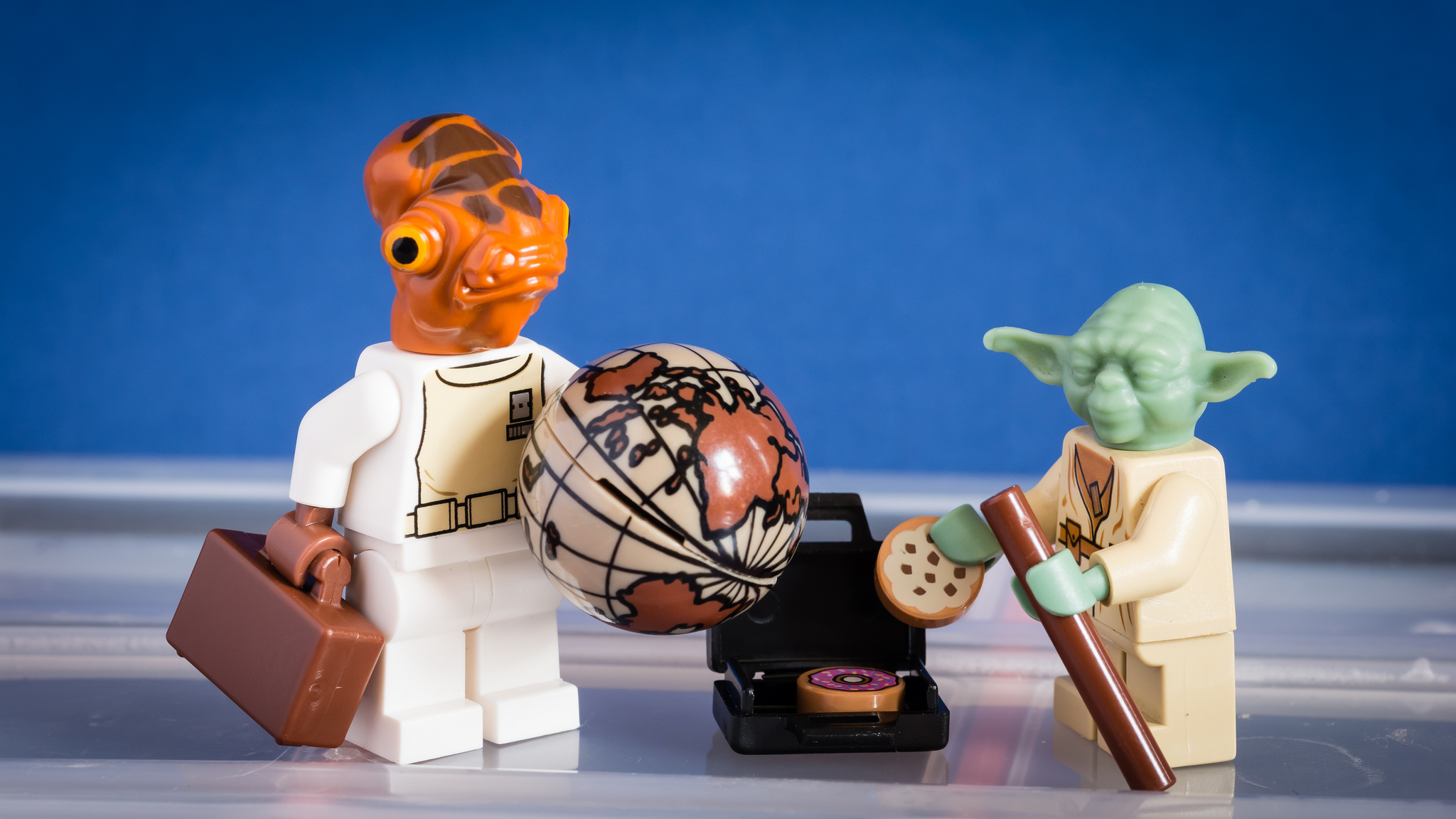Check out Professor David Schwartz’s recent guest post (coauthored with Christopher Cotropia (Richmond) and Jay Kesan (Illinois)) over at Patently-O, the nation’s leading patent law blog. The post—titled “PAEs Under the Microscope: An Empirical Investigation of Patent Holders as Litigants”—discusses the trio’s working paper of the same name, which takes a critical look at issues surrounding patent assertion entities (PAEs), or “patent trolls.” Read an excerpt from the post below.
Today, a certain type of patent litigant—the non-practicing entity (“NPE”), also known as a patent assertion entity (“PAE”), patent monetization entity (“PME”), or simply patent troll—is the target of much public debate, if not venom. Indeed, President Obama himself got involved in this debate, with his Council of Economic Advisers preparing a report this summer entitled “Patent Assertion and U.S. Innovation.” The Executive Summary of the President’s report sounds the following alarm about PAE suits:
Suits brought by PAEs have tripled in just the last two years, rising from 29 percent of all infringement suits to 62 percent of all infringement suits.
This asserted explosion in PAE-initiated litigation has fed into a wider perception that PAEs are out of control and need reining in by Congress. But is the factual assertion by the President’s report an accurate characterization of total PAE litigation activity?
We address this important issue in our new article, Patent Assertion Entities (PAEs) Under the Microscope: An Empirical Investigation of Patent Holders as Litigants. To investigate PAE litigation, we personally hand-coded all 7,500+ patent holder litigants in 2010 and 2012. In our coding, we finely classified the nature of the litigants, going beyond the simple PAE / non-PAE label. . . .
Based on our data, and contrary to the assertions in the President’s report, we do not find an explosion in PAE litigation between 2010 and 2012. In particular, the President’s report considered only the raw number of lawsuits filed in 2010 and 2012. By limiting its analysis to numbers of cases filed, rather than the underlying parties involved, the President’s report was incomplete and led to an erroneous conclusion.
To understand the reason for this error in the President’s report, one must consider an important change to patent litigation made by the America Invents Act (AIA).
Click here to continue reading at Patently-O about the results of Schwartz and co.’s study, or download the paper from SSRN here.



Leave a Reply